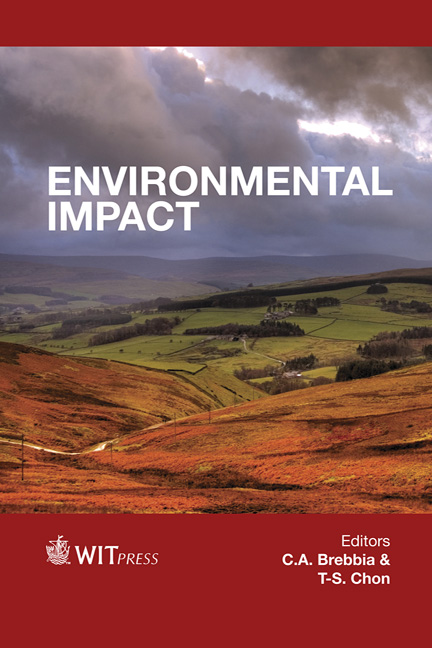Lewis Acid Catalysts: A Potential Exploitation For Zinc And Nickel Phytoextraction
Price
Free (open access)
Transaction
Volume
162
Pages
13
Page Range
563 - 575
Published
2012
Size
2,666 kb
Paper DOI
10.2495/EID120491
Copyright
WIT Press
Author(s)
G. Losfeld, P. Vidal de la Blache, V. Escande & C. Grison
Abstract
We explore the outlines of an innovative method, which is the chemical recovery of heavy metal contaminated biomass produced through phytoextraction technologies. Taking advantage of the adaptive capacity of certain plants to hyperaccumulate metallic cations in their aerial parts, the design of this program is based on the direct use of metal derived from plants as supported ‘Lewis acid’ catalysts in organic chemistry. These original polymetallic systems serve as heterogeneous catalysts in synthetic transformations allowing access to molecules with high added value: results for Friedel-Crafts acylations and alkylations are presented here. The acetylation of anisole and benzylation of toluene are considered in more details. The design of processes aims to reduce environmental impacts at each step and the method is adapted to the principles of Green Chemistry. It can constitute an incentive for the economic development of phytoextraction to remediate trace metal contamination; and it is also a concrete solution to the criticality of non-renewable mineral materials. Keywords: heterogeneous catalysis, green and sustainable chemistry, trace metals, hyperaccumulator plants, biomass, phytoextraction. 1 Introduction Intensive mining and industrial activities using heavy metals be a serious source of soil pollution: tailings often present high metal concentrations and remain in place when exploitations stop. Estimations for metal releases in the environment for the period 1950-2000 amount to 22,000t for cadmium, 939,000t for copper, 783,000t for lead and 1,350,000t for zinc [1]. Heavy metals are not
Keywords
heterogeneous catalysis, green and sustainable chemistry, trace metals, hyperaccumulator plants, biomass, phytoextraction.





